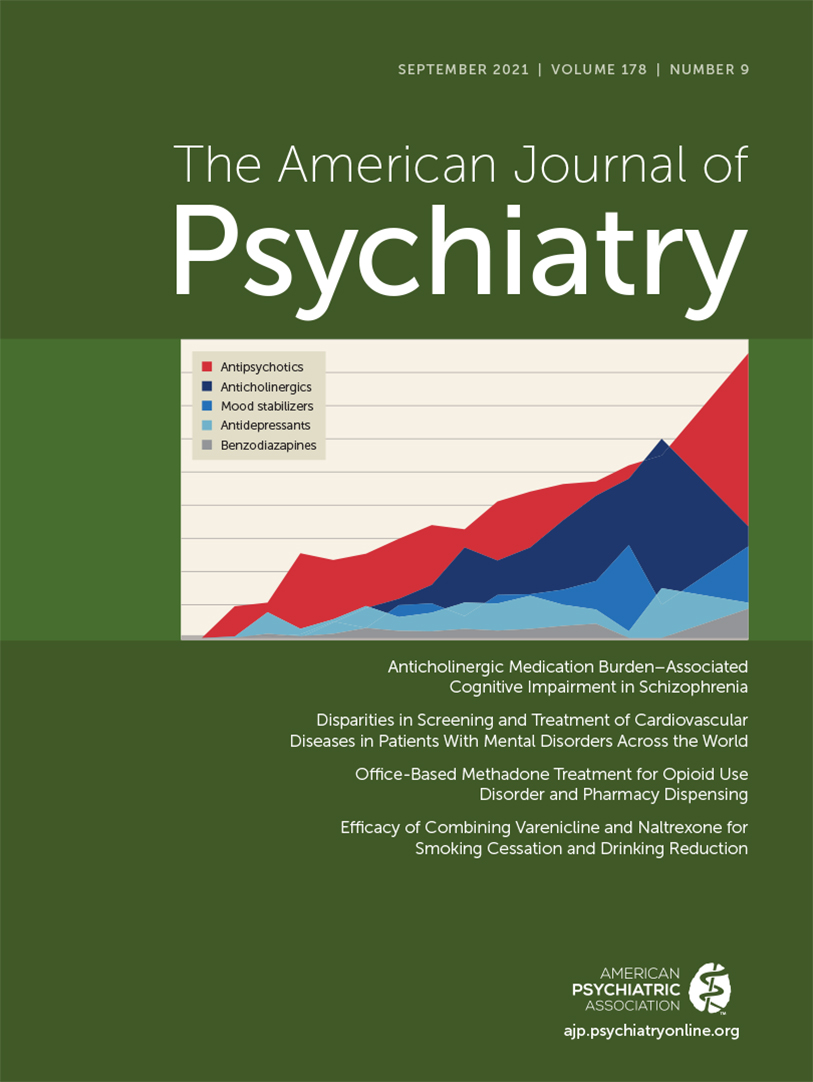Office-Based Methadone Treatment for Opioid Use Disorder and Pharmacy Dispensing: A Scoping Review
Abstract
Objective:
The authors conducted a scoping review to survey the evidence landscape for studies that assessed outcomes of treating patients with opioid use disorder with methadone in office-based settings.
Methods:
Ovid MEDLINE and the Cochrane Database of Systematic Reviews were searched, and reference lists were reviewed to identify additional studies. Studies were eligible if they focused on methadone treatment in office-based settings conducted in the United States or other highly developed countries and reported outcomes (e.g., retention in care). Randomized trials and controlled observational studies were prioritized; uncontrolled and descriptive studies were included when stronger evidence was unavailable. One investigator abstracted key information, and a second verified data. A scoping review approach broadly surveyed the evidence, and therefore study quality was not rated formally.
Results:
Eighteen studies of patients treated with office-based methadone were identified, including six trials, eight observational studies, and four additional articles discussing use of pharmacies to dispense methadone. Studies on office-based methadone treatment, including primary care-based dispensing, were limited but consistently found that stable methadone patients valued office-based care and remained in care with low rates of drug use; outcomes were similar compared with stable patients in regular care. Office-based methadone treatment was associated with higher treatment satisfaction and quality of life. Limitations included underpowered comparisons and small samples.
Conclusions:
Limited research suggests that office-based methadone treatment and pharmacy dispensing could enhance access to methadone treatment for patients with opioid use disorder without adversely affecting patient outcomes and, potentially, inform modifications to federal regulations. Research should assess the feasibility of office-based care for less stable patients.



